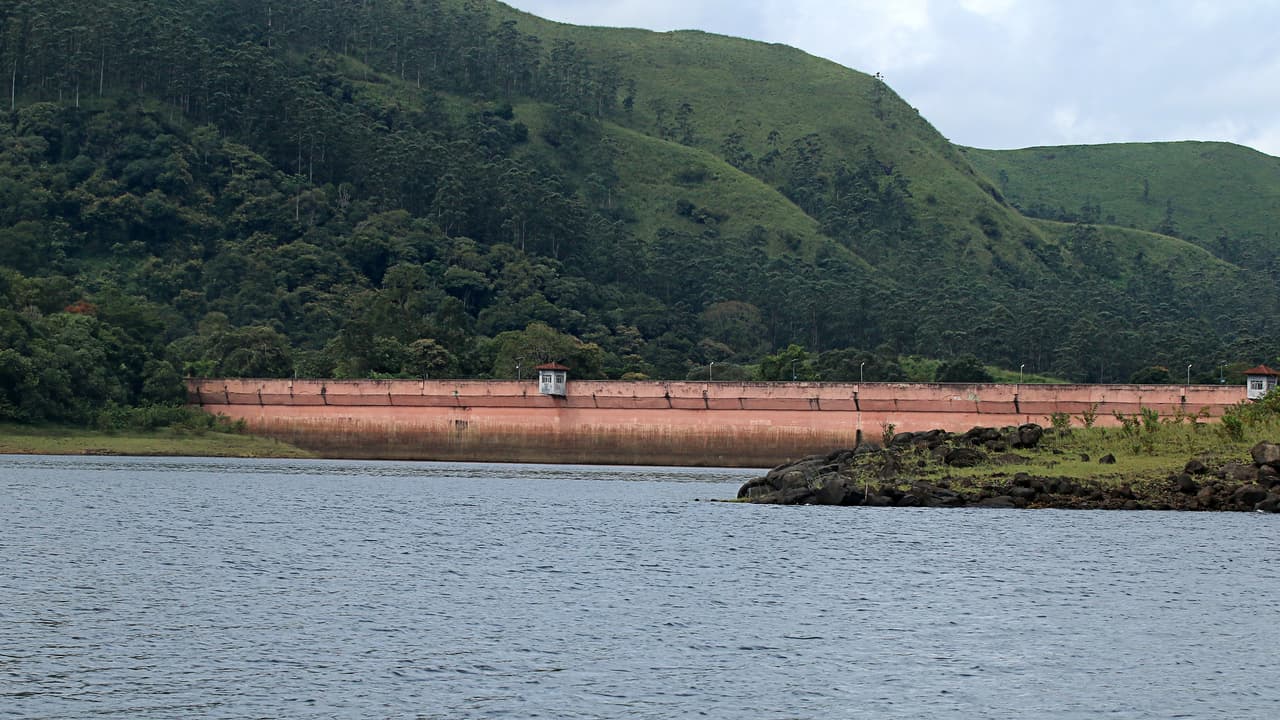The Mullaperiyar dam, located in Kerala, is a contentious issue as it supplies essential water to Tamil Nadu, which maintains that the structure is sound. The SC has directed the central and Tamil Nadu governments to provide responses on a petition.
New Delhi: The Supreme Court has agreed to examine a plea calling for the dismantling of the Mullaperiyar dam in Kerala and the building of a replacement structure at the location. Chief Justice BR Gavai and Justice K Vinod Chandran on Monday, October 13, directed both the Central government and Tamil Nadu government to provide their responses to the case filed by Save Kerala Brigade, an organization based in Kerala. During the hearing, Chief Justice Gavai observed that Mullaperiyar is among India’s most ancient dams. Senior lawyer V Giri, representing the petitioners, confirmed the structure is approximately 130 years old and highlighted concerns about its condition. Giri stressed the urgency of the matter, stating that roughly 10 million lives face potential danger from the aging dam.
The Chief Justice suggested potential alternatives, such as reinforcing the current structure or forming a specialist committee to evaluate its safety. Justice Chandran emphasized that the petitioners must clearly outline the specific issues with the dam, particularly since the dispute affects both states. Justice Chandran also questioned how constructing a new dam would affect Tamil Nadu’s water access. Giri responded that a replacement dam could be constructed and that only the Supreme Court has the authority to order such action. Following this discussion, the Court formally issued notices to the concerned parties.
What is the Issue?
Constructed during British rule, the Mullaperiyar dam has been a contentious issue between the two neighboring states for decades. Kerala argues the structure poses safety risks, while Tamil Nadu insists it remains structurally sound. The dam’s location creates a unique situation: both the dam itself and the surrounding catchment region lie within Kerala’s territory, yet the stored water serves Tamil Nadu, providing essential water supply to five districts in that state.
In 2014, the Supreme Court sided with Tamil Nadu declaring the dam safe but setting a water level limit of 142 feet in the reservoir. The Court also established a supervisory committee for dam management. Tamil Nadu has consistently maintained the dam’s safety and has requested permission to strengthen it further. During Kerala’s devastating 2018 floods, the Court temporarily ordered the water level be reduced to 139 feet as an emergency measure. Throughout these proceedings, Kerala has firmly maintained that the dam is dangerous and should be permanently taken out of service.
